Understand
Nauru may be one of the world's smallest independent republics, but its history is fascinating. Initially inhabited by Micronesians and Polynesians, Nauru later became a German territory due to its valuable phosphate deposits. Throughout the years, it faced control by different nations until finally gaining independence in 1968. Despite its economic challenges, primarily due to the depletion of phosphate reserves, Nauru continues to thrive with revenue from phosphate exports and fishing licenses. However, the island faces significant struggles, including high unemployment rates and alarming levels of obesity and diabetes. Additionally, Nauru has been a controversial location for housing asylum seekers, which has brought attention to its human rights record. Discover the complexities of Nauru's history and the unique challenges it faces as a small, independent nation.
Map & Climate
Popular Foods
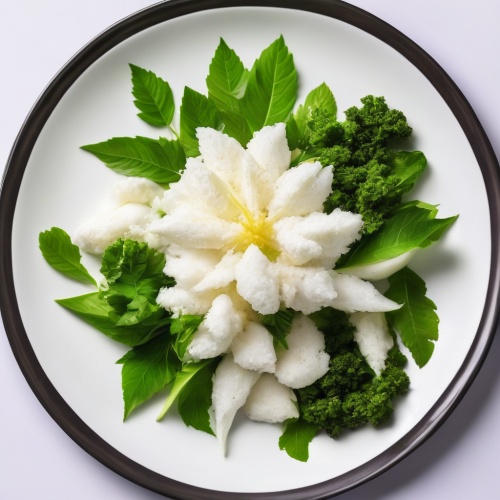 Dish: Amberjack in Coconut MilkAmberjack, a type of fish found abundantly in the Pacific Ocean, is prepared with coconut milk and local spices in Nauru. The dish is typically served with rice and accompanied by various side dishes like pickled vegetables and salads. This hearty meal offers a blend of flavors, from the richness of coconut milk to the subtle tanginess of the amberjack.
Dish: Amberjack in Coconut MilkAmberjack, a type of fish found abundantly in the Pacific Ocean, is prepared with coconut milk and local spices in Nauru. The dish is typically served with rice and accompanied by various side dishes like pickled vegetables and salads. This hearty meal offers a blend of flavors, from the richness of coconut milk to the subtle tanginess of the amberjack.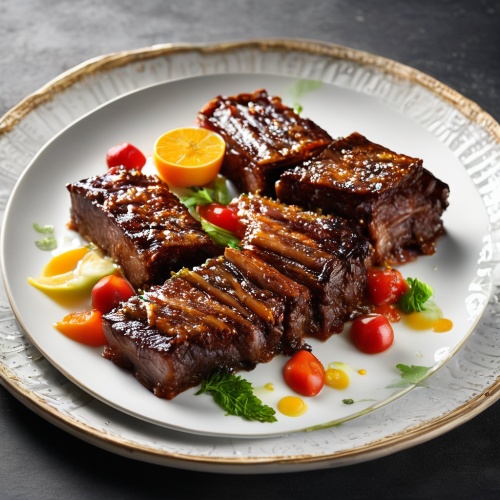 Dish: Barbecued Pork RibsNauruan barbecued pork ribs are marinated in a special mixture of local spices and then slow-cooked over an open flame. The meat becomes tender and falls off the bone, while the outside is slightly charred and crispy. This dish is often enjoyed during family gatherings, celebrations, and weekend get-togethers, accompanied by cold beer and lively conversations.
Dish: Barbecued Pork RibsNauruan barbecued pork ribs are marinated in a special mixture of local spices and then slow-cooked over an open flame. The meat becomes tender and falls off the bone, while the outside is slightly charred and crispy. This dish is often enjoyed during family gatherings, celebrations, and weekend get-togethers, accompanied by cold beer and lively conversations.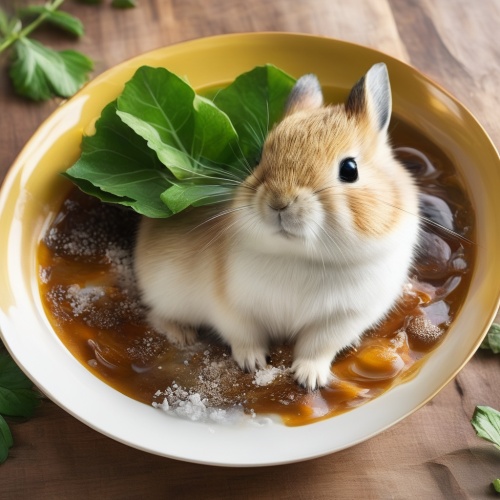 Dish: Pika PotaPika pota is a staple food in Nauru, made from cassava (also known as tapioca) that is peeled, cut into small pieces, and boiled until soft. It can be eaten plain or mixed with coconut cream and sugar to create a dessert-like dish called ota. Pika pota is often consumed at home, work, or community events and serves as a versatile and filling meal option.
Dish: Pika PotaPika pota is a staple food in Nauru, made from cassava (also known as tapioca) that is peeled, cut into small pieces, and boiled until soft. It can be eaten plain or mixed with coconut cream and sugar to create a dessert-like dish called ota. Pika pota is often consumed at home, work, or community events and serves as a versatile and filling meal option.
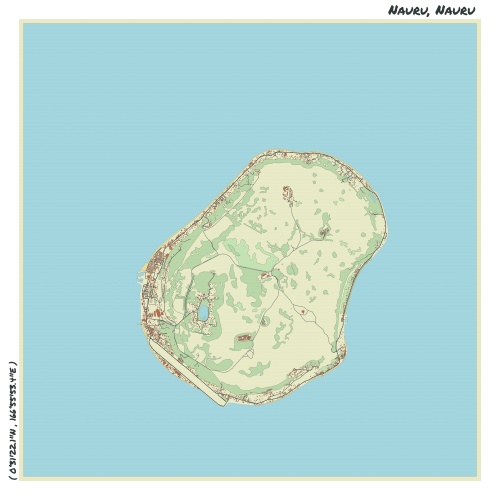

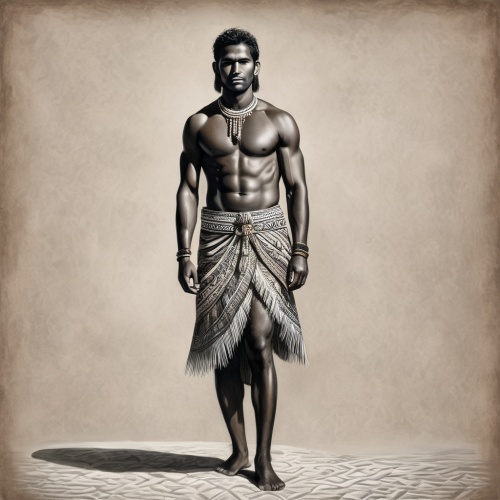

Comments
NO COMMENTS